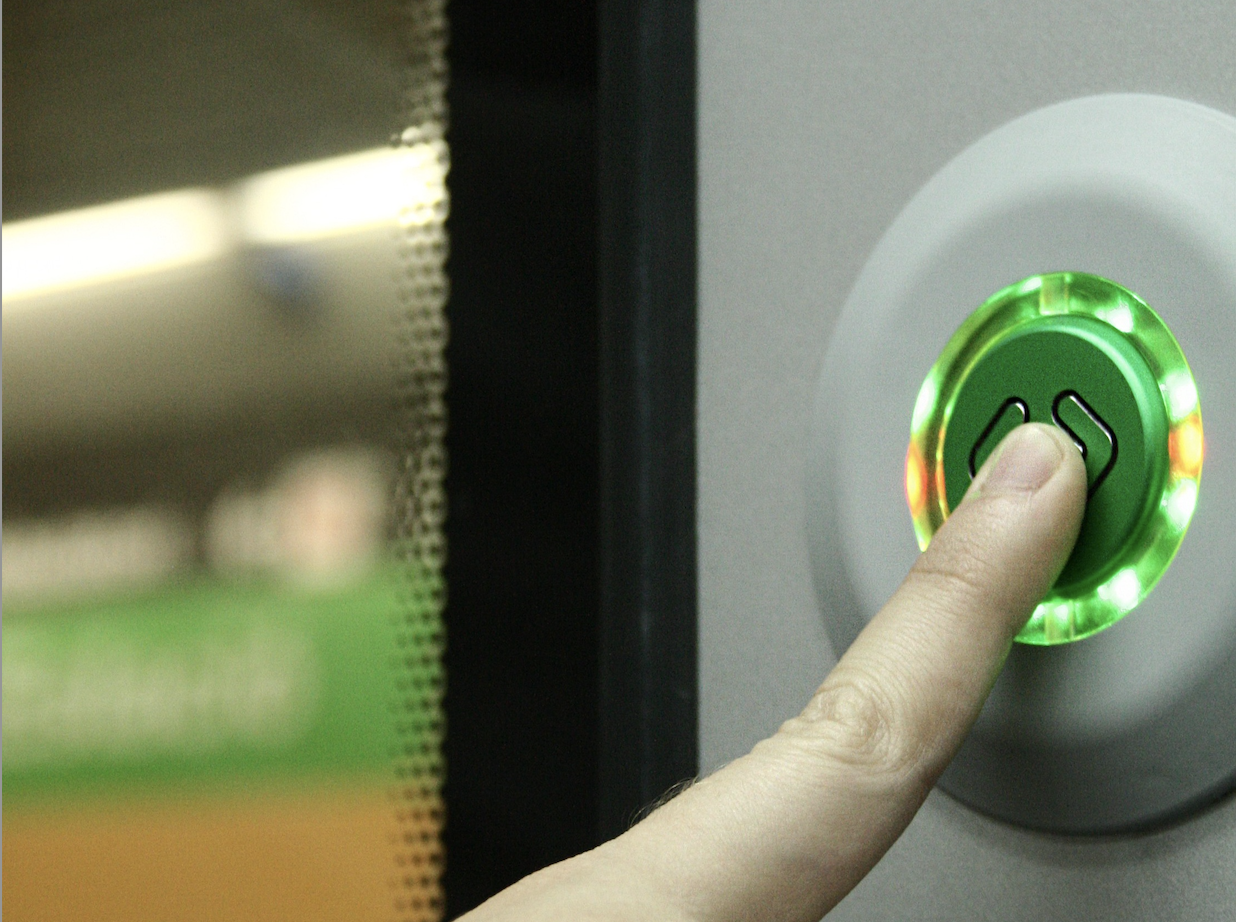Vending machines are increasingly being deployed to distribute harm reduction supplies in North America. As Filter has reported, they’re being used to dispense hydromorphone in a Canadian safe supply project, and naloxone and sterile syringes in New York City, among other examples. One of their notable benefits is the level of anonymity they provide.
Now, a larger-scale effort expects to set up around 100 such machines across Canada in the next three years. Despite their being known colloquially as “vending machines,” using them is free. They’ll offer critical equipment like HIV testing kits, condoms, naloxone and syringes, as well as information—via a large touch-screen face.
The Our Healthbox initiative is led by researchers at St. Michael’s Hospital, a site of Unity Health Toronto. Sean Rourke, a scientist at the hospital’s MAP Centre for Urban Health Solutions, is one of the experts involved.
The machines will also be stocked with tools to mitigate the devastating overdose crisis, and to promote health and access to care.
Last year, Rourke and a team of colleagues launched the I’m Ready program, enabling people to download an app to order free, self-administered HIV test kits—which he was also involved in creating, and which are Health Canada-approved—to their homes or another location.
If a person using the kit tests positive, they should go to a doctor for confirmation and to discuss treatment options, Rourke said, while those who test negative but may be at risk of contracting HIV should go to a doctor as well, to discuss preventative measures such as PrEP.
However, Rourke noted that not everyone who might benefit from this program is accessing it. For one thing, many marginalized people may not have a phone or internet access, but there are other barriers, too.
“There are some people that we can reach pretty easily,” Rourke told Filter. “[Others have] social, mental health or addiction challenges that prevent them from getting care or the things that they need.”
According to Health Canada, an estimated 62,050 people were living with HIV in Canada in 2018. However, only 87 percent of this population were estimated to be diagnosed, leaving many Canadians with HIV unaware of their status.
With HIV cases in the country expected to rise, the team behind Our Healthbox launched the program to meet this need. But the machines will also be stocked with tools to mitigate the devastating opioid-involved overdose crisis, which claims around 20 lives per day, and to promote health and access to care.
The initiative has launched in four communities in the Atlantic province of New Brunswick. These machines are already dispensing various health and harm reduction products, while their touch screens share information about local health and mental health services.
According to Rourke, the effort is a collaboration between his team and local community health organizations, including pharmacies. Funding for Our Healthbox also comes from private entities. For example, the machines on Canada’s East Coast are funded by a partnership between the MAP Centre for Urban Health Solutions and the office supply company Staples Canada, called Even the Odds.
Using the machines does not require any identifiable information.
The community health organizations help determine which products should be prioritized in the machines they host, and what information should be presented. The boxes additionally record information about which supplies or information get more or less uptake, to help cater future offerings to each community’s needs, Rourke said.
Using the machines does require logging in, though the process is anonymous. Users generate “account credentials” by picking a year (any year—it doesn’t need to be a person’s birth year), a color and one of 25 different animal avatars. The process does not require any identifiable information.
Account creation does involve being asked questions about demographics (age, gender, sexual orientation, etc.), in an effort to understand who is using the machines and better cater to specific populations. But these questions can be skipped, Rourke said.
According to Rourke, the project aims to have 50 machines in communities across Canada by the end of 2023—half of the total anticipated by 2026. And he expects that between 10 and 15 of them will be operating by this spring.
Going forward, the team hopes to offer additional language options on the machines, including various First Nations languages.
“We’re really trying to break down the barriers and … provide more information for [people] to keep thinking about the options available in their community,” Rourke said.
Photograph via Pxhere/Public Domain





Show Comments